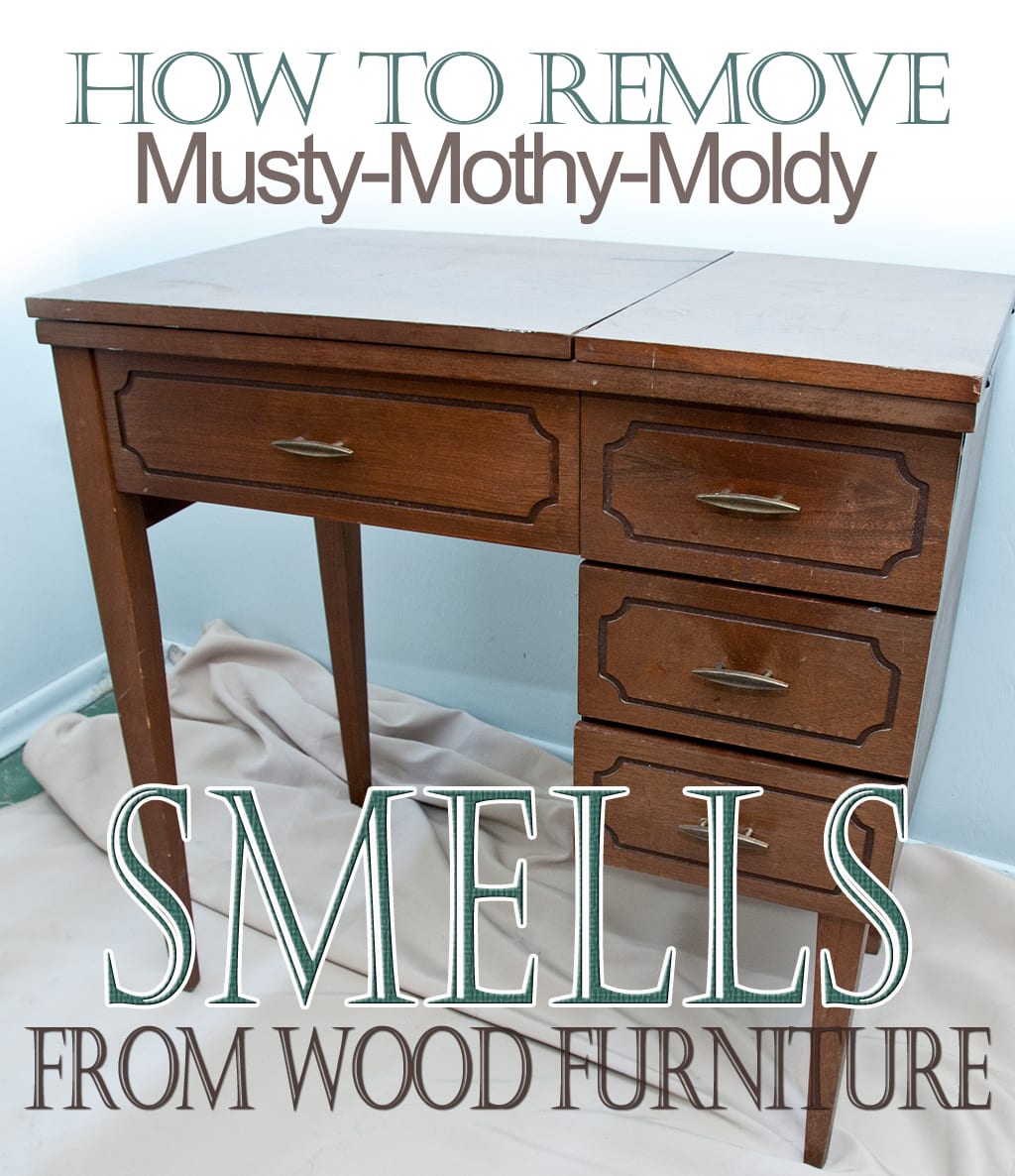Introduction:

Image: www.cintronbeveragegroup.com
The beauty of stained wood lies in its rich hues and the depth it adds to any space. However, the satisfaction of a freshly stained surface can be marred by an unpleasant odor that lingers long after the stain has dried. This odor can be particularly strong in enclosed spaces, creating an uncomfortable and stuffy environment. Getting rid of this smell requires a specific approach, considering both the type of stain used and the nature of the odor itself. In this comprehensive guide, we will explore various effective methods to eliminate the smell from stained wood, ensuring your space remains inviting and odor-free.
Understanding the Source of the Odor:
The odor from stained wood primarily originates from volatile organic compounds (VOCs), which are released as the stain dries. VOCs are chemicals found in paints, stains, and other household products that can have adverse effects on indoor air quality and contribute to health problems like headaches and nausea. The type of stain used also plays a role in the intensity and duration of the odor. Oil-based stains tend to have a stronger odor compared to water-based stains, due to the presence of solvents that evaporate slowly.
Eliminating the Smell through Ventilation and Neutralization:
-
Ventilation: Proper ventilation is crucial in removing VOCs and dispersing the odor. Open windows and doors to allow fresh air to circulate and carry away the fumes. You can also use fans or air purifiers to enhance air movement and accelerate odor removal.
-
Neutralization: Certain substances can neutralize VOCs and effectively eliminate odors. White vinegar is a commonly used natural odor absorber. Fill a few bowls with white vinegar and place them around the room where the stained wood is located. Baking soda is another effective odor neutralizer. Sprinkle baking soda on a thin cloth or paper towels and spread it over the stained surface. Leave it overnight to absorb the odor, then vacuum or brush off the baking soda in the morning.
-
Activated Carbon: Activated carbon is highly effective in trapping and absorbing odors. Place bowls filled with activated carbon near the stained wood. The carbon will adsorb the VOCs, gradually reducing the odor.
Cleaning and Deodorizing the Wood Surface:
-
Cleaning: Cleaning the stained surface can remove any residual VOCs or odor-causing substances. Use a mild dish soap and water solution and gently wipe down the wood with a soft cloth. Avoid using harsh chemicals or abrasive cleaners, as they can damage the stain.
-
Deodorizing: After cleaning, apply a deodorizing solution to the wood surface. You can use a commercial wood cleaner with built-in deodorizers or create your own solution using essential oils. Mix a few drops of lemon, orange, or lavender essential oil in a cup of water and spray it onto the wood. These essential oils have natural deodorizing properties that help neutralize odors.
-
Sealing the Wood: Once the wood is clean and deodorized, seal it with a polyurethane or varnish to create a protective barrier. This will prevent the release of remaining VOCs and prevent future odors from penetrating the wood.
Additional Tips and Considerations:
-
Allow Ample Drying Time: VOCs gradually dissipate over time as the stain dries completely. Allowing sufficient drying time will help reduce the odor naturally.
-
Identify and Eliminate the Source: If the odor persists despite the above methods, there may be an underlying issue causing the smell. Inspect the wood for any moisture or mold, as these can create odors. Address the underlying cause to prevent the odor from recurring.
-
Test Before Applying Solutions: Always test any cleaning or deodorizing solutions on an inconspicuous area of the wood first, to ensure they do not damage the finish.
-
Patience and Consistency: Eliminating the odor from stained wood may require patience and consistency. Repeat the recommended methods as needed until the odor is no longer noticeable.
Conclusion:
Unpleasant odors from stained wood can be effectively eliminated by implementing the methods outlined in this guide. Through proper ventilation, neutralization, cleaning, deodorizing, and sealing, you can enjoy the beauty of stained wood without the accompanying odor. Remember to allow ample drying time, identify and address any underlying causes, and regularly maintain the wood surface to prevent odors from recurring. By following these steps, you can create a fresh and inviting space where the wood’s natural beauty can be appreciated without any distracting odors.

Image: www.stkittsvilla.com
How To Get Rid Of Smell From Stained Wood